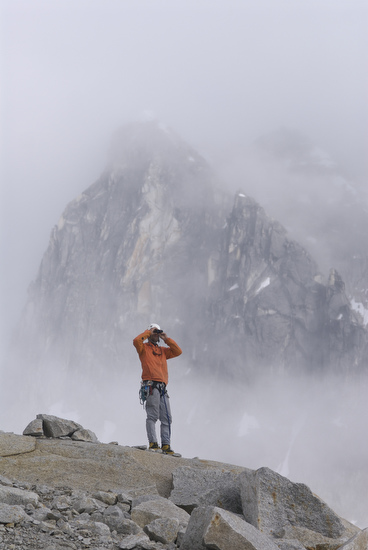Lesson 1 – Use Relationships To Tell The Story
Lesson 1
A compelling image tells a story. It doesn’t have to be an elaborate story, but it needs to indicate some kind of relationship with something else in your scene. Even if you have a really great subjects, it won’t be enough to carry the image if you don’t show some kind of context.
This context is we call STORY.
In other words, your photo needs to SAY something.To make this happen, you need to suggest or imply a RELATIONSHIP with your subject and something else in the frame.
Usually this involves including a SECONDARY SUBJECT ELEMENT in in your photo. This secondary element plays off of your main subject and helps create a sense of place and it adds flavor to the photo.
In addition, a secondary element adds depth to your shot, because it gives your viewer something else to focus on besides just the one thing. It creates implied visual pathways in your frame.

Your viewer’s eye will track back and forth between your main subject and your secondary subject(s) as they explore the frame and search the meaning or STORY you’re presented them with.
This is what you want, because anytime you’ve invited your viewer to stay engaged with your photo, you’ve gone a long way toward making a successful image.
Your relationship or STORY can imply any number of concepts. Here are just a few:
In the example photos, notice how the subject plays off of the other prominent element in the frame.


Creative Challenge #1
Want More?
In the next lesson, I'll talk about how to abbreviate a scene.
